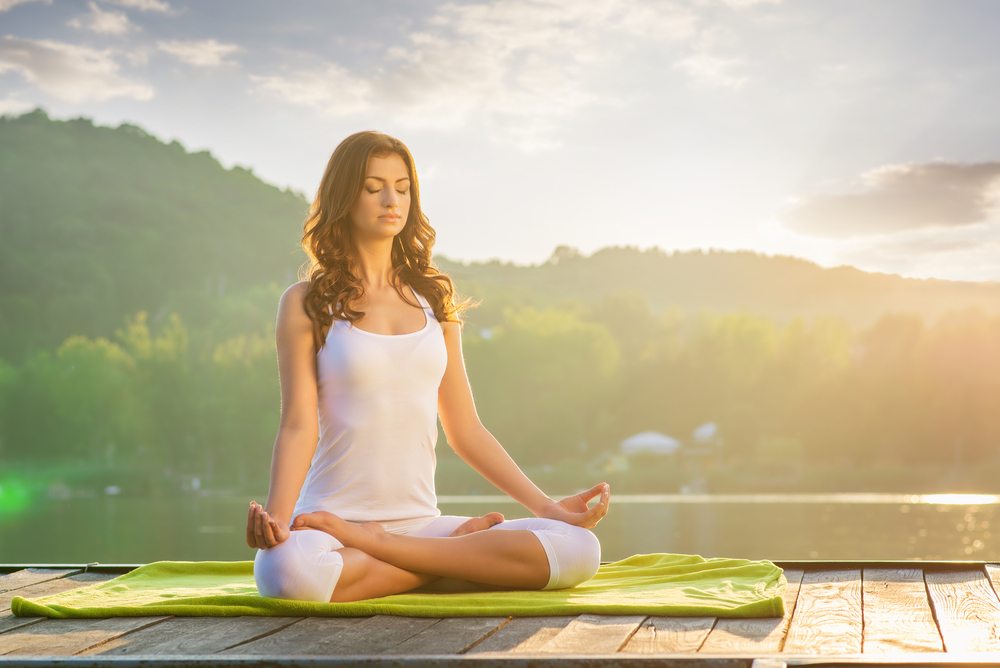It’s no surprise that many of us are losing the ability to ‘switch off’. Even I, myself, am guilty of checking emails or social media just before its time to turn off the lights. While there’s no button we can push to deactivate our thoughts, there’s a little secret I’ve discovered in catching those all-important zzzz’s – channelling the art of meditation.
What are the benefits?
The word ‘meditation’ has many connotations and you’d be forgiven for jumping to these conclusions. People often say, ‘isn’t meditation something associated with religious beliefs?’ ‘How will I find the time to meditate?’ ‘I’m not convinced that the spiritual approach is for me’. It’s true that meditation is not for everyone and that many people do practice the art form for spiritual reasons. However, for me, the true purpose of meditation is to help you discover your own ‘inner peace’, whether this entails worrying less, understanding yourself better or improving your stress levels for optimum mental health. It’s an art form that everyone can benefit from for different reasons.
Top tip! Take baby steps. To start, just decide what change you would like to see in your life, and make it your only focus. When you first sit down, I’ve found it helps to light a candle as this can hold your gaze. Staring at the flame will help you concentrate more on a single thought working to instantly de-clutter your mind.
How do I meditate?
Meditation is like learning to ride a bike. It requires practice even if it feels a little uncomfortable at first. It may sound strange, but I’ve found myself at my happiest sitting in complete silence. Don’t panic if that’s not for you. Some people prefer to relax with background noise, so feel free to try some gentle relaxation music. Not only does this promote relaxation but it can help block out other thoughts and bring your mind back to your focus.
Top tip! Sit comfortably in a cross legged position in your area of choice and place your hands on your knees, palms facing up. Start by taking a deep breath in, hold for four seconds and gently exhale. This first deep breath will instantly help to slow your heart rate and calm your mind. Try not to let your mind wander, but if it does, then that’s ok. Imagine your thoughts are clouds – simply let them float past you as you peacefully return your attention back to your breathing.
How will I find the time to meditate?
Like most things in life, it takes investment to reap the rewards, so it’s worth putting the time in. Start small. For some people it’s important to separate the working day from their at-home rest time. When you arrive home, switch your mobile phone off, with an allocated ‘checking’ time if required. You’ll be surprised at how easy it is to de-stress this way! Alternatively, get into bed 15-minutes earlier than you normally would. Get comfortable in your bed and in your own space and time, put your meditation into practice. Meditating in your bedroom is said to be the most powerful as this is your own space. It’s where you feel the safest.
Top tip! Don’t underestimate the value of time management. To make essential lifestyle changes, you’ll need to find a peaceful place and time that fits into your routine. If you’re an early riser, why not take some time before or after your morning shower – you’ll be surprised how much more productive your day can be.
Be patient. Over time, you will start noticing the powerful benefits of meditation and this simple process might even become part of your daily routine.
Why not give it a go? X
